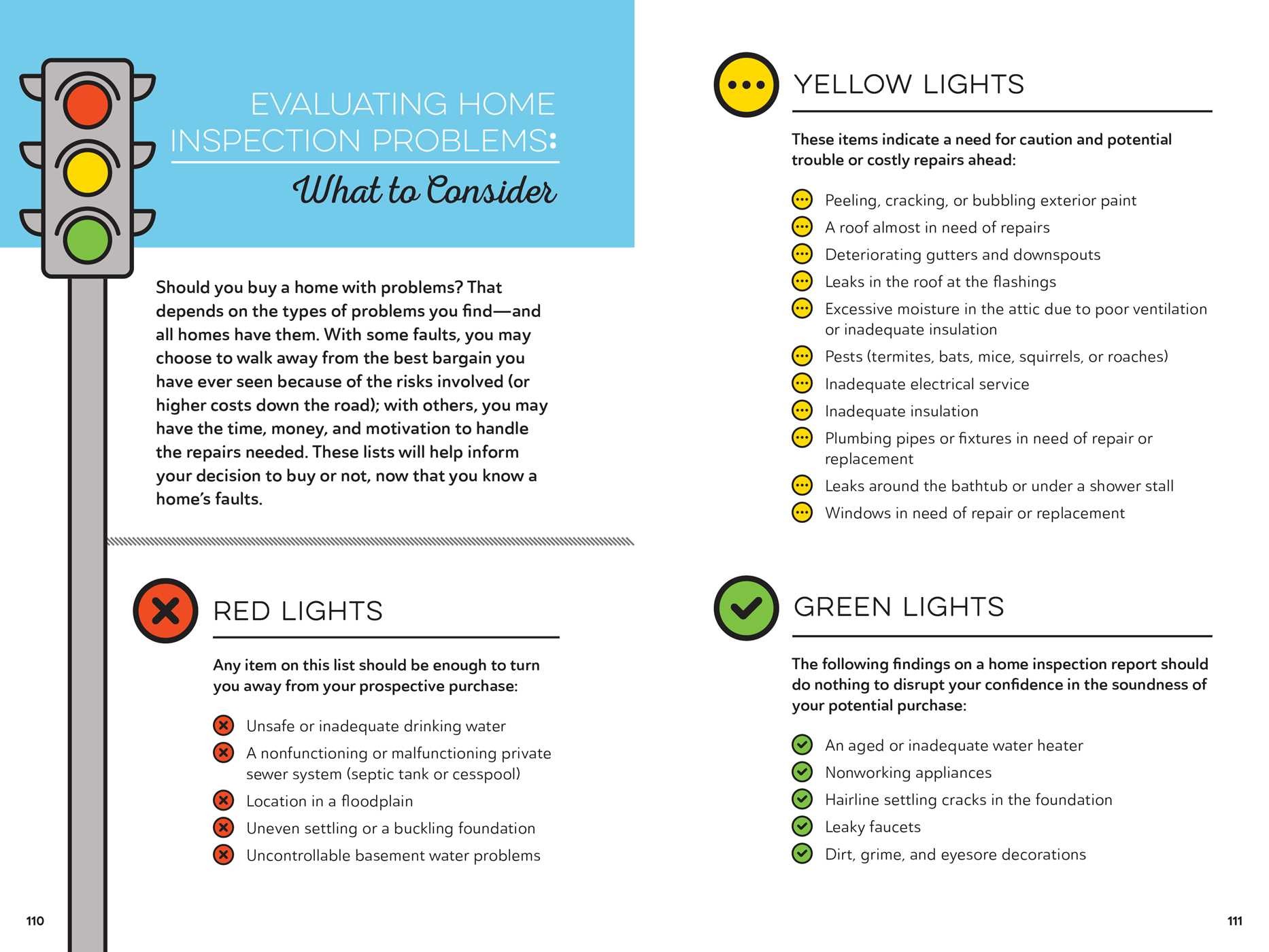Stopping Working To Deal With Roofing System Air Flow May Trigger Significant Damages; Check Out The Vital Variables That Contribute To An Effective Installation And Protect Your Economic Dedication.
Stopping Working To Deal With Roofing System Air Flow May Trigger Significant Damages; Check Out The Vital Variables That Contribute To An Effective Installation And Protect Your Economic Dedication.
Blog Article
Content Writer-Lassiter Vogel
When you're taking on a roofing project, you may not believe much concerning roofing system air flow, yet it's even more critical than you recognize. Efficient ventilation helps control temperature level and dampness in your attic room, preventing troubles like mold and mildew and architectural damages. By recognizing just how to design and set up a well balanced ventilation system, you can boost energy efficiency and extend the life expectancy of your roof materials. So, what are the key aspects to consider throughout setup that can make all the difference?
Relevance of Roofing Air Flow
Roof covering ventilation plays an important duty in maintaining the total wellness of your home. By permitting fresh air to distribute via your attic room, it helps manage temperature and wetness levels. This equilibrium is important to avoid warmth build-up during hot months, which can lead to enhanced power costs as your air conditioning burns the midnight oil.
Furthermore, proper air flow substantially decreases the risk of moisture-related concerns like mold and mildew. If moisture levels increase, your home's architectural stability can be endangered, leading to expensive repairs. You would not want to handle decomposing timber or warped roofing products, right?
Furthermore, adequate ventilation expands the life-span of your roof. When warmth and wetness are kept in check, your roof can execute optimally, protecting against premature deterioration. This means less migraines and expenditures down the line.
Just How Roof Covering Ventilation Functions
Effective roofing system ventilation depends on the all-natural movement of air to produce a balance between consumption and exhaust. When you install vents, you're essentially allowing fresh air to enter your attic while enabling warm, stale air to run away. This process assists manage temperature level and moisture levels, preventing issues like mold development and roofing system damages.
Intake vents, generally located at the eaves, draw in cool air from outside. On the other hand, exhaust vents, located near the ridge of the roofing system, allow hot air surge and exit. The distinction in temperature level develops an all-natural air flow, known as the stack result. As cozy air surges, it develops a vacuum that draws in cooler air from the lower vents.
To maximize this system, you need to make certain that the consumption and exhaust vents are correctly sized and positioned. If flooring contractors near me is limited, you won't achieve the preferred ventilation.
Similarly, insufficient exhaust can trap warmth and dampness, causing potential damages.
Trick Setup Considerations
When setting up roofing system air flow, numerous essential factors to consider can make or damage your system's performance. First, you require to evaluate your roofing system's design. The pitch, shape, and materials all influence airflow and ventilation choice. Ensure to select vents that suit your roof type and local climate conditions.
Next, consider the placement of your vents. Preferably, you'll want a balanced system with consumption and exhaust vents placed for optimum air flow. https://roofingterms16161.blog-a-story.com/13869254/steer-clear-of-pricey-roof-installation-pitfalls-by-mastering-key-methods-to-material-choice on the roofing and exhaust vents near the top to motivate a natural flow of air. https://www.constructioncanada.net/the-challenges-of-winter-roofing/ helps protect against dampness build-up and promotes energy effectiveness.
Do not forget about insulation. Correct insulation in your attic stops warmth from escaping and keeps your home comfortable. Make certain that insulation does not obstruct your vents, as this can hinder air movement.
Finally, consider upkeep. Choose ventilation systems that are very easy to access for cleaning and assessment. Regular maintenance guarantees your system remains to function properly in time.
Verdict
To conclude, roofing ventilation is essential for an effective installation. By making certain appropriate airflow, you can stop warmth accumulation and dampness issues that result in costly damages. When you purposefully position consumption and exhaust vents, you boost energy performance and lengthen the lifespan of your roofing. Remember, a well-ventilated roofing not only safeguards your investment however also enhances your indoor air quality. So, prioritize air flow to ensure a resilient and economical roofing system for your home.
